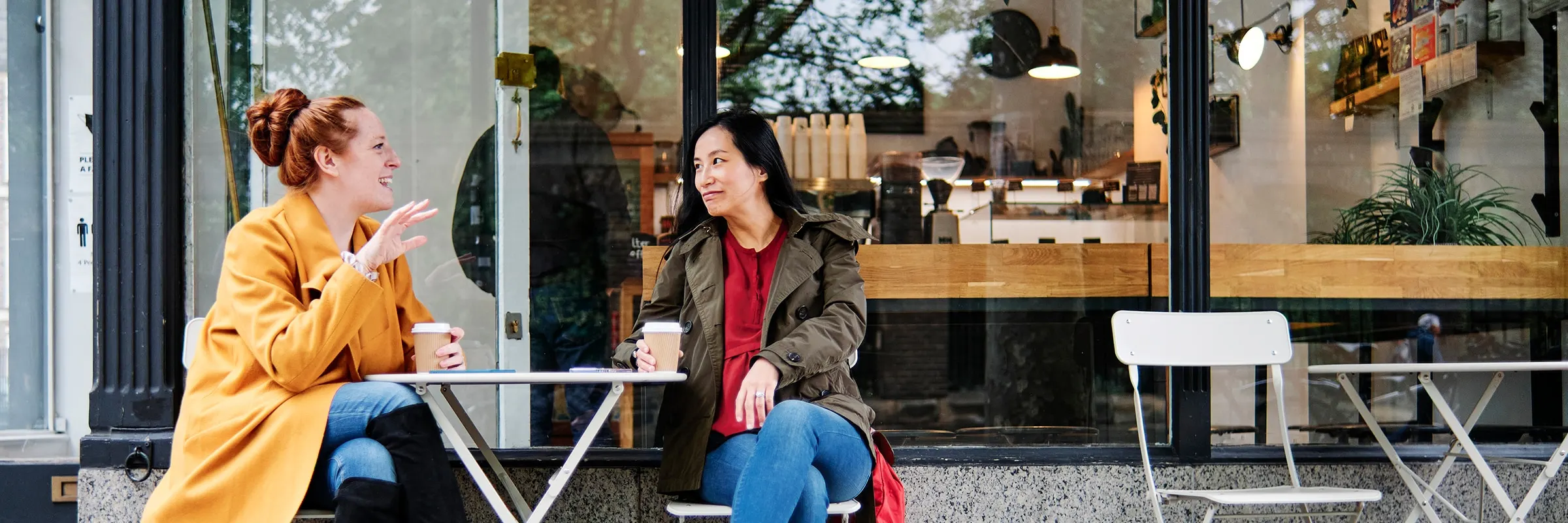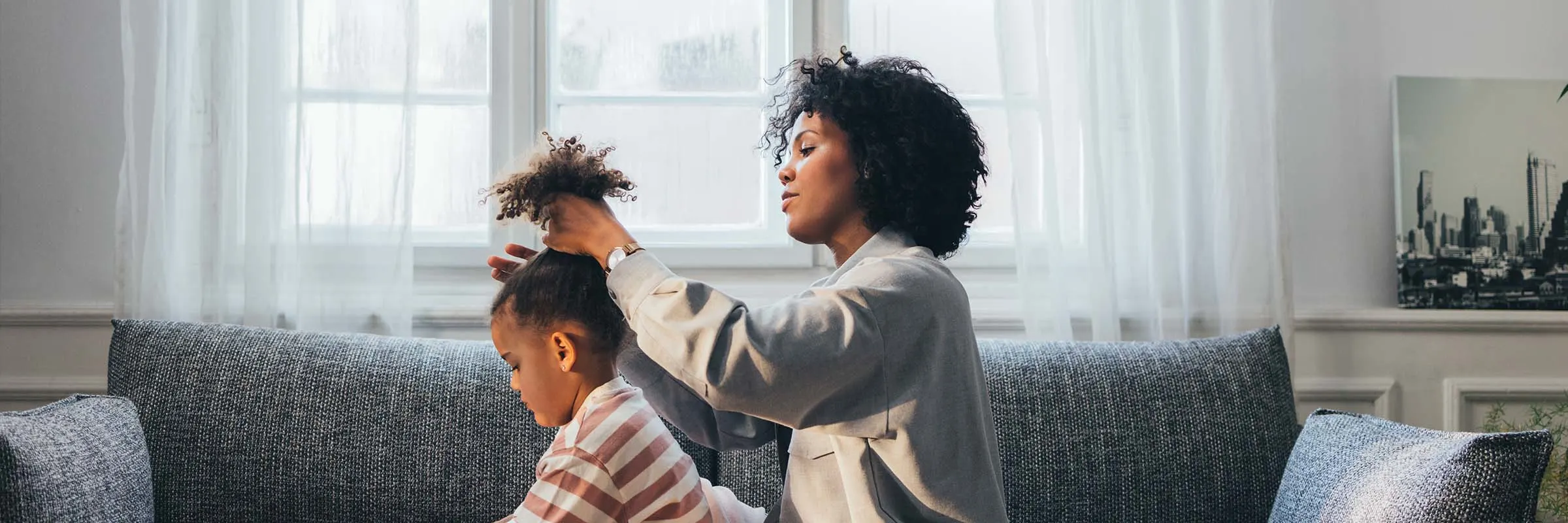What we'll cover
When it's OK to splurge
Tips to skip the guilt trip
How your money story can help
When it comes to splurging, you may fall into one of two camps: Either you splurge a little too often (maybe even to the point of creating debt) or you struggle to ever splurge on anything, even if you have the money for it. So how do you manage those spending tendencies?
The first step is to understand your own habits so you can tailor your spending plan to better manage your emotions — and any potential debt— when it comes to spending.
Read more: Save for your next splurge with Ally Bank's Savings Account buckets.
1. Get to know your money story
One of the best ways to better manage those feelings of guilt around spending is to understand where they come from.
So many different memories and values shape the way you feel about money and spending. Think about your earliest money memories — the way money was talked about at home or what you learned about money at school. These moments are key parts of your money story, which helps form your money mindset. Digging into your money story and mindset can help you uncover the origin of any unhealthy splurge habits (and that goes for both overspenders and underspenders).
If you're feeling shame about spending a little bit more on yourself, that emotion may stem from something deeper in your financial background. Confronting, understanding and accepting that past can help you adjust your perspective today. It can also set you on a path toward building a healthier relationship with your spending.
If you're prone to spontaneous indulgences, consider creating a splurge bucket to cover those must-have moments.
2. Plan accordingly
Another way to skip the splurge guilt trip is to plan for those more decadent spends. Ally Bank's automated savings tools can help you put money aside on a recurring basis to financially prepare for bigger purchases.
Consider creating a splurge savings bucket in an Ally Bank Savings Account to cover those must-have moments. You may not be able to plan for everything, but you can get a head start. And for those who have a fear of overspending, a bucket can serve as a visual reminder of the money available for the occasional splurge.
3. Know your limits
No gaming console, designer fit or trendy sneakers is worth going into debt for. A thorough understanding of your financial status and what you're able to afford can help you decide what's worth splurging on. If you don’t know where to start, try thinking about your values (for instance, spending time with family, staying active or practicing self-care) and build your budget or spending plan around those key priorities. If you find that you’re prone to comparing yourself to others, bringing your attention to your personal values can help give you focus.
If creating a monthly budget is on your list, the 50/30/20 method is good for beginners, designating 50% of your monthly income for essentials, 30% for extras (including those splurge-worthy moments) and 20% for your saving, investing and debt repayment. Map out your income and expenses to get a clearer picture of how much you can afford to spend on splurges. Ask yourself if it’s worth spending a little bit extra or if you can go with a lower-cost option, and if you need some time to save up, that’s OK — it’ll be so satisfying when you reach your goal.
Give yourself permission
At the end of the day, remember that it's OK to treat yourself from time to time. Allow yourself that gift, truly accept the splurge and move on.
As long as you're taking steps toward building your emergency fund, budgeting, taking on good debt (and paying it down) responsibly and investingin your financial future, a spur-of-the-moment splurge isn't going to have a lasting impact. Let yourself enjoy it. You earned it!





